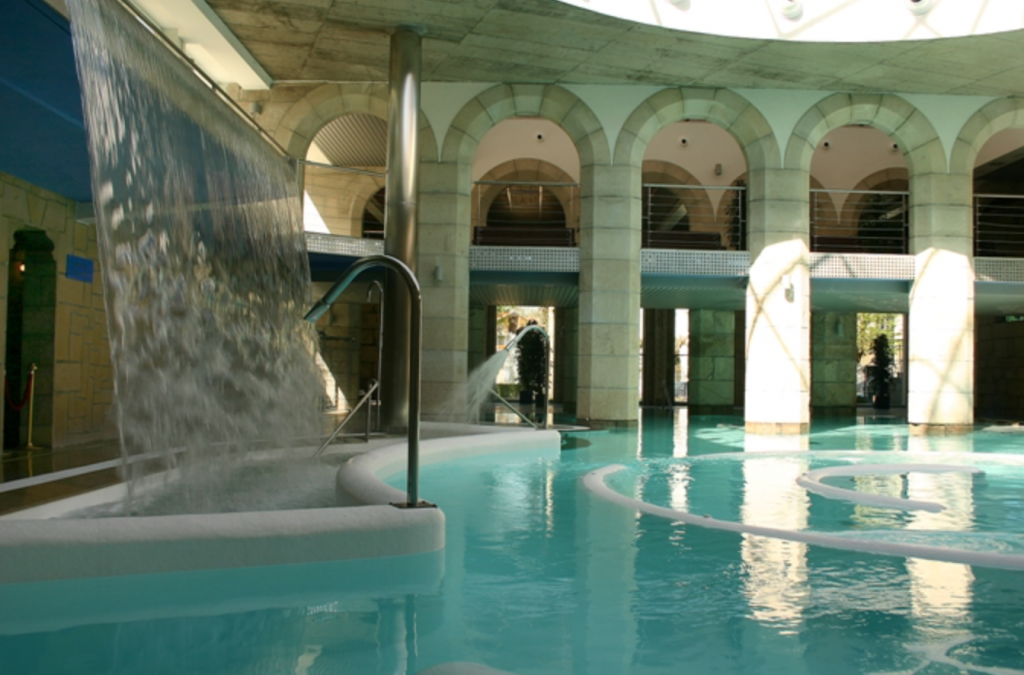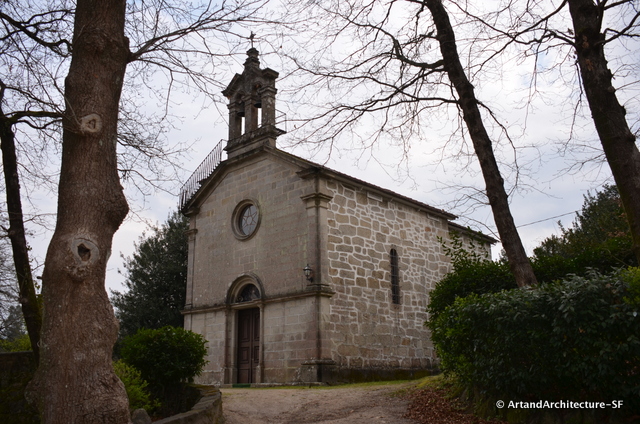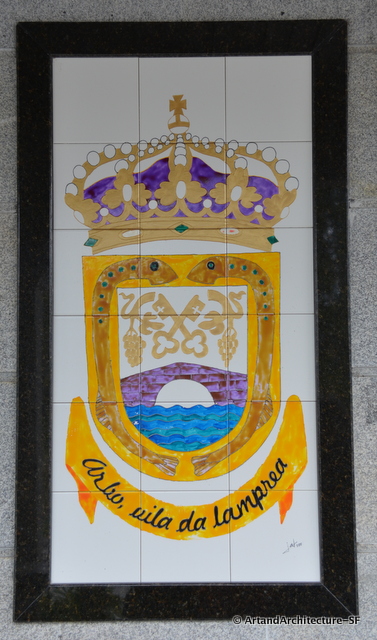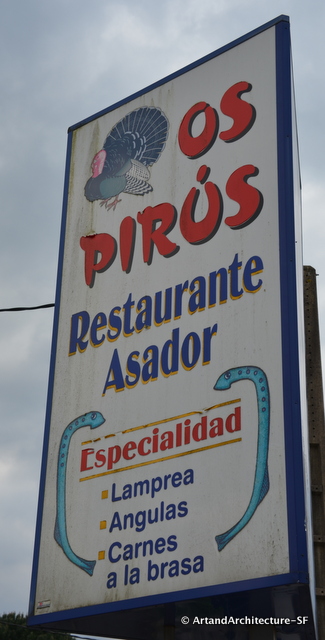March 2015
 I have traveled to Galicia, Spain with my friend Julie B. to go house hunting. The house is for her and her husband, not for me, I am just along for the adventure.
I have traveled to Galicia, Spain with my friend Julie B. to go house hunting. The house is for her and her husband, not for me, I am just along for the adventure.

House Number One – I have named this Casa Julie SansRoof
Househunting in a foreign country is always a different experience, and Spain is no different. There are the rules you expect, and the laws to be understood, and then there is the culture to interpret, therein lies the tale I will attempt to tell in this one simple blog post.

The first floor of Casa Julie SansRoof
I named the first house SansRoof, because, well, it has no roof. It had no walls, no bathroom and a lot of other no’s, but the joke became the lack of roof. It sits on a beautiful piece of property, but for some reason I failed to take a photo of that.

Looking at House Number 2 from the road
The second home, I fell in love with. As an architectural historian, and a lover of history I could have happily spent the next 10 years restoring this one, if only someone drops hundreds of thousands of dollars in my lap that is.

It did however, come with property. Julie presently owns a vineyard in Sonoma, California, and repeating the experience in Spain is something she is mulling over, so we did tend to look at things with property or existing vineyards attached.

The land that comes with house two.
At house three I JUMPED out of the car and screamed I LOVE this house. I think the architect, Julie, and the architect’s friend Mark Auchincloss, at that very instant, decided I was crazy and if they could find a nice quiet, out of the way asylum they would drop me there tout de suite.

House Number Three
The property was a minimum of 10 acres, and Julie knew that was entirely too much work, we didn’t discuss the fact that the house was, well, in ruins?
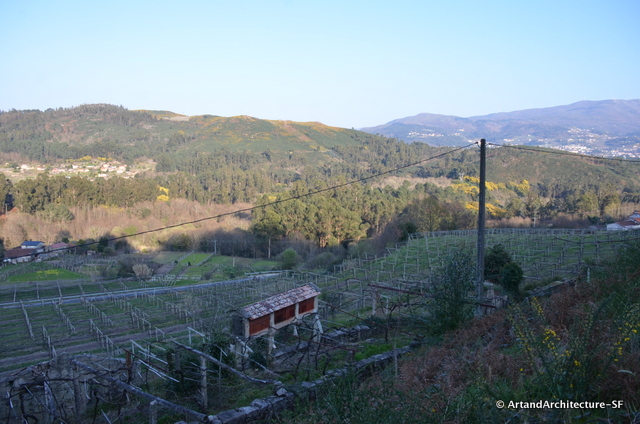
The vineyard

House Four
House four was actually a hotel. The original stone building was from 1847, and then a seven room hotel was added to the to the right of the giant camellia tree. The owners poured hundreds of thousands of dollars into the project, only to watch the world economy collapse and loose everything. The inside is just stunning, albeit, minus any form of electrical wiring, fixtures, plumbing and anything else that could be removed and salvaged to help pay off a bank debt.
 This old wine press sits outside and would make the perfect place to cater a wedding or just build a fire and sit outside with a bottle of wine on a beautiful spring evening.
This old wine press sits outside and would make the perfect place to cater a wedding or just build a fire and sit outside with a bottle of wine on a beautiful spring evening.

House Five
Don’t let the picture fool you. I was scared to walk in house five, the floors appeared to be just looking for the poor sucker that stepped on the wrong spot and tumbled to their death, or a broken leg, the house didn’t care, it just felt mean.

However this ancient wine press was in the basement, and that was just cool.

House Six
This is house six, it had some lovely property and it came with this –

We were unable to get inside the home, so I have no idea what the interior was like, but the outside looked like it had potential.

The house in town.
We looked at a few pieces of property, but those photos really wouldn’t be of interest to you, so the last one is a sweet little house in the town of Arbo. I must admit, that I am the one that pushed to see this one, I was dying to see what a house in town was like.

There were at least 10 bedrooms, but only one bathroom. This is the dining room area.
The cool thing about this house is that it had a bodega. In Galicia, a bodega is a cellar, and in this case one for wine.

So, what does it take to buy a home? I don’t actually know. You don’t really know until you meet the owner and start talking, which we only did on property number one.
Spain has been badly affected by the global financial crisis and the world property market crash. Since 2008, Spanish property prices have fallen by 30 percent overall and other areas, like Galicia, have been affected even more.
Over 80 percent of Spanish residents own their own home, with around 50 percent of the population owning their home outright, i.e. without a mortgage. This means they are in no hurry to sell, there is no bank breathing down their neck.
Also, do not look at these houses and think tear down. Most of the older properties in Spain are protected, this includes the horreos. They have a very strong historic preservation system, and you can’t just go remodeling willy-nilly.
The other thing we needed to be conscious of was water, sewer and electric, we asked that question at every property, as these services aren’t necessarily easily obtained.
I did learn that remodel costs are in the neighborhood of 255 euros per square meter and that you can rent a nice one-bedroom apartment for about 400 euros per month.
Spain currently offers a ‘golden visa’ program for property owners. In other words, if you invest more than 500,000 Euros in Spanish property you would normally be automatically eligible for a residency visa. I was told that there is a new law and that the financial number is now 300,000 Euros, but I am not positive.
We were accompanied by an architect on some of these properties, and a real estate agent on some. I found the real estate agents to be unprepared and unaware of what was actually on the market. In other words, we climbed fences and peeked in windows, and were told – I am not sure this is for sale, but if you like it, I will find out.
I would have been pulling my hair out, but then I was along for the adventure, it wasn’t my house.
I did not want to flood the top of this with photos, but if you are still reading and would like to see a few more choice ones from the search here you go.
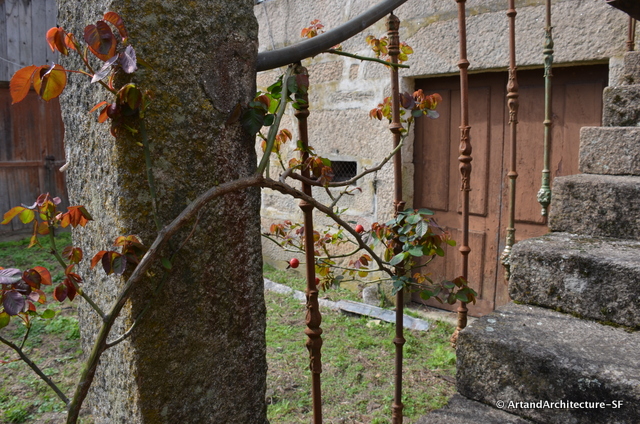
The House in Town

The Hotel

Frames of the horreos of House Five

House Five


The old section of the Hotel
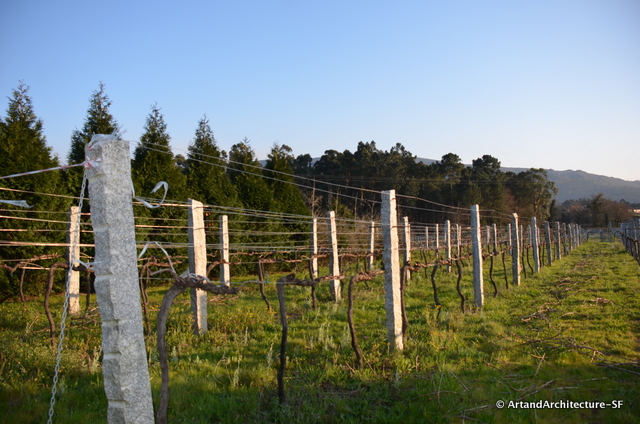
The vineyard of the Hotel
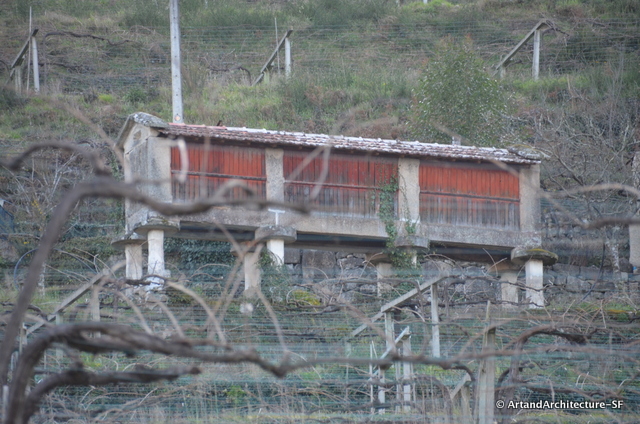
The horrreo of House Three

House Two

The stairway of the house in town

The kitchen of the house in town
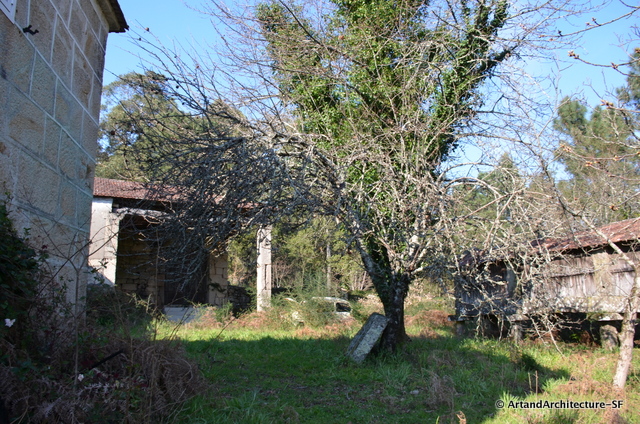
House Six












































